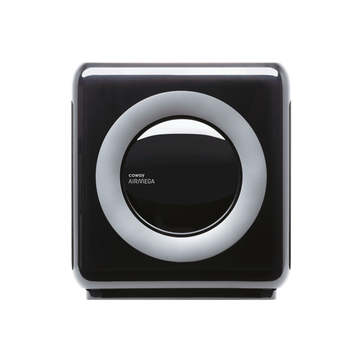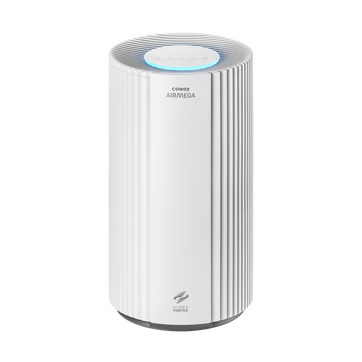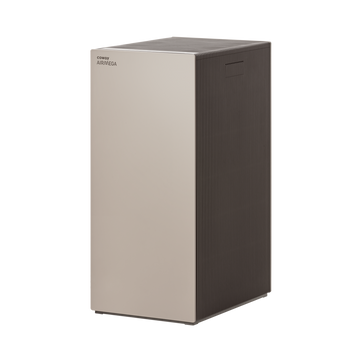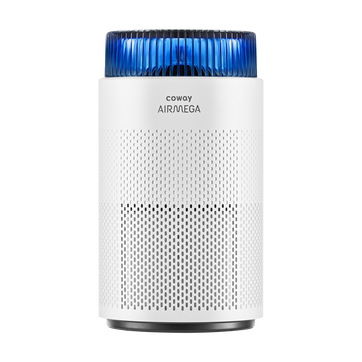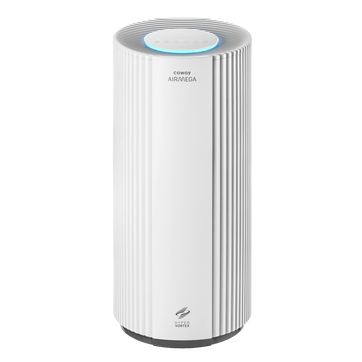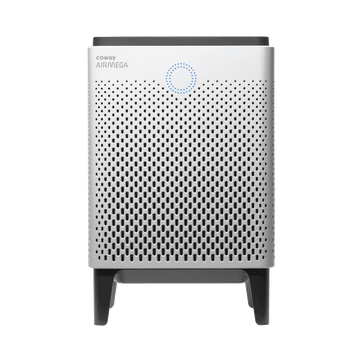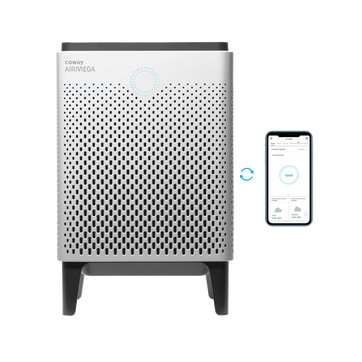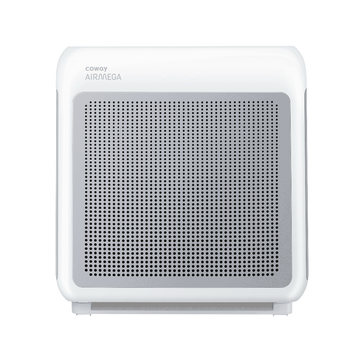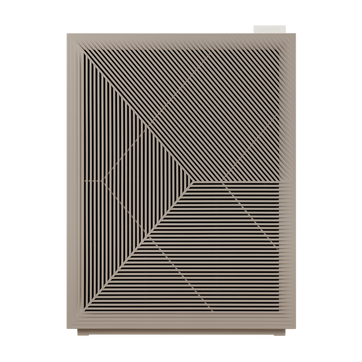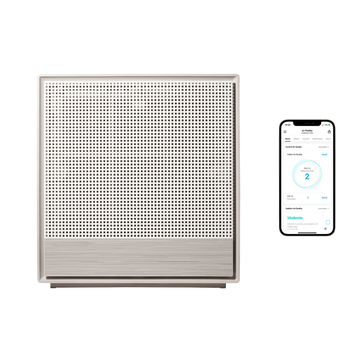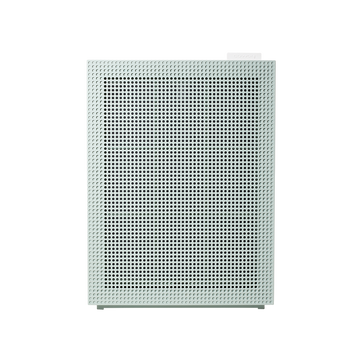
How to Test Air Quality in the Summer Months
As summer brings with it warmer temperatures and outdoor activities, it's more important than ever to ensure that the air you breathe indoors is of good quality. To protect yourself and your loved ones from pollutants and allergens, it's useful to regularly test the air quality in your home during the summer months. In this blog, we'll explore effective methods to test and improve air through innovative solutions for maintaining healthy indoor environments.
Why Is It Important to Monitor Air Quality in the Summer?
Understanding the impact of air quality on health is essential. Poor air quality can contribute to respiratory problems, trigger asthma attacks, worsen allergies and even have long-term health implications. Monitoring air quality in the summer specifically is vital for several reasons.
1. Spikes in Temperature
Summer months often bring higher temperatures, leading to the increased use of air conditioning and reduced ventilation. This can result in the accumulation of indoor pollutants, including allergens, volatile organic compounds (VOCs), and particulate matter, which can negatively impact respiratory health. By monitoring air quality, you can identify and address these issues promptly, ensuring a healthy indoor environment.
2. Increase in Pollutants
During the summer, outdoor activities such as gardening, barbecuing, and construction projects can release pollutants into the air. These pollutants, including dust, smoke, and chemical fumes, can easily find their way indoors when we keep our windows and doors open, quickly compromising indoor air quality. Regular monitoring of your air quality allows you to detect such pollutants and take appropriate measures to reduce their presence.
3. Rise in Allergies
individuals with allergies or respiratory conditions may experience heightened symptoms during the summer due to increased pollen and mold spore levels. Monitoring air quality helps identify specific allergens and allows for targeted interventions, such as using air purifiers or adjusting ventilation systems, to alleviate symptoms and improve overall well-being.

Tools and Instruments for Air Quality Monitoring
Fortunately, a range of tools and instruments are available to monitor air quality effectively. Understanding the functionalities of each can help you as you select the most suitable monitoring solution for your needs.
Portable air quality monitors are often used to measure air quality in homes and buildings. These compact devices are designed for personal use and provide real-time measurements of key air pollutants. Portable monitors typically measure parameters such as particulate matter (PM), volatile organic compounds (VOCs), carbon dioxide (CO2), temperature, and humidity. They are convenient for assessing air quality both indoors and outdoors.
With Coway, you get the benefits of a monitor and purifier all in one. Every model of the Airmega air purifier allows you to easily monitor the condition of the air in your home in real-time. Certain purifiers, including the Airmega 300S and Airmega 400S, are equipped with a brightly colored LED indicator ring that allows for real-time monitoring of your air quality index (AQI). assess the air quality status in your home. Other models leverage LED light designs to update you on your air quality.
For the Wi-Fi-enabled Airmega models, Coway also offers the IoCare app, which allows you to monitor indoor air quality and filter status directly from your phone. Through the app, you can set the unit timer, receive real-time updates on air quality and even control the air purifier remotely. The app also enables you to track a room's air quality over time and provides information on outdoor air pollution levels for cities in your area, helping you determine the best times to venture outside.
How to Identify Key Air Quality Indicators
To comprehensively monitor air quality, it's crucial to be aware of a few key indicators. Identifying these indicators involves monitoring various parameters that can indicate the quality of the air in a given area.
Here are some common indicators to consider:
Particulate Matter (PM): PM refers to tiny solid or liquid particles suspended in the air. PM2.5 and PM10 are the most commonly measured sizes. High levels of PM can contribute to respiratory problems and reduced visibility. Monitoring PM levels is crucial in assessing air quality.
Carbon Monoxide (CO): CO is a colorless and odorless gas produced by incomplete combustion of fossil fuels. It can be emitted by vehicles, heating systems, and industrial processes. Monitoring CO levels is important as high concentrations can be harmful, particularly in enclosed spaces.
Volatile Organic Compounds (VOCs): VOCs are a group of organic chemicals that can be released by various sources, including solvents, paints, and cleaning products. Some VOCs are harmful to human health and contribute to the formation of ground-level ozone. Monitoring VOC levels helps evaluate air quality indoors and in urban areas.
Temperature and Humidity: These parameters can affect the dispersion and concentration of pollutants in the air. Higher temperatures and low humidity can exacerbate air pollution, especially for certain pollutants like ozone and particulate matter.
How to Test Air Quality
To effectively test air quality, it is important to follow a systematic approach. If you’re concerned about air quality outside, particularly in the height of fire season, conduct research to identify local air quality resources, such as agencies, organizations, and online platforms that provide reliable data.
Once you have the necessary equipment, it is useful to determine the locations where you will monitor air quality regularly around your home or building. We advise selecting spots near potential pollution sources or areas of concern, like your stove.
After collecting air quality data, it's important to interpret and understand the information effectively. This involves familiarizing yourself with the Air Quality Index (AQI), a commonly used indicator that provides a standardized assessment of air quality.
One of the simplest methods to test air quality is by using an air quality monitor. Coway offers a range of advanced air quality monitors that can measure various parameters like particulate matter (PM2.5 and PM10), carbon dioxide (CO2) levels, volatile organic compounds (VOCs), and more. These monitors provide real-time data and alerts, allowing you to stay informed about the air quality in your home. Coway makes it easy to understand the quality of air in your space by using a color system. Depending on the model, different colored LED indicator lights will represent air quality levels.
To test for specific contaminants, you can also employ additional methods. For instance, if you suspect mold growth, you can use a mold testing kit, which typically involves collecting air or surface samples to be analyzed in a laboratory. Similarly, for VOCs, you can employ specialized VOC testing kits to identify and measure the presence of these harmful chemicals.

Why You Should Invest in an Air Purifier This Summer
Apart from testing, it's crucial to maintain a healthy indoor environment during the summer months. Coway offers a wide range of air purifiers equipped with cutting-edge filtration technologies to effectively remove pollutants and allergens from the air. These purifiers capture and eliminate microscopic particles, including pollen, dust mites, and pet dander, ensuring clean and fresh indoor air throughout the summer.
Smart air purifiers like the Airmega series serve as state-of-the-art air purification devices enhanced with cutting-edge technology. The Airmega 400 and Airmega 250, for example, effectively capture and eliminate more than 99.98%³ of airborne SARS-CoV-2 viruses. They are specifically designed to provide powerful purification, ensuring a cleaner and safer environment for you and those around you.
The Coway Airmega Aim contains pollution sensors that provide real-time communication of your indoor air quality. An innovative LED ring vividly displays the cleanliness or pollution level of your indoor environment, updating every minute of the day. With its eye-catching and intuitive design, you can effortlessly stay informed about the quality of the air you breathe, empowering you to make informed decisions for a healthier living space.
Stay Clean and Safe This Summer with Coway
Monitoring air quality during the summer months is vital for maintaining our health and well-being. By understanding the tools and indicators, following the steps to monitor air quality, and taking action based on the collected data, we can ensure a breath of fresh air throughout the season.
With Airmega's Smart Mode and the scheduling function in the app, you gain flexibility and control over your air purification. Smart Mode adapts to the current air quality, using only the necessary power to clean your air effectively. You can set preferences and schedules through the app, ensuring that the air quality in your home is always optimal. Additionally, the app allows you to control fan speed and access smart mode controls remotely, so you can conserve energy when you're not at home.
By utilizing Airmega's innovative real-time air quality monitoring features in conjunction with the IoCare app, you can have peace of mind knowing that your home's air is breathable and safe. You have ultimate control over the air in your home, anytime and anywhere you need it, while you attend to other important aspects of your life.
Remember, a healthier environment starts with an informed and proactive approach to air quality monitoring. See how Coway can help today.
Disclaimers
1Coway air purifiers have been proven to trap dust, pollen, dander, viruses and bacteria in the air based on KCL (Korea Conformity Laboratories) testing.They have been tested in a 30㎥ size chamber according to the Korea Air Cleaning Association standard (SPS-KACA 002-132:2022 Modified) to measure the 0.01㎛ size of particle removal rate. It was tested on maximum airflow speed in normal room temperature and humidity conditions. The performance may vary in the actual living environment of customers.
→ Tested with Airmega Aim, 50, 100, 150, 160, Tower AP-1216L, Mighty AP-1512HH, MightyS AP-1512HHS, 200M, Icon, IconS, 230, 240, 250, 250 Art, 250S, 300, 300S, 350, 400, 400S, 450, ProX
299.97% of viruses, bacteria, fungi and pollen were verified to be removed from the air for Coway air purifiers which have Green True HEPA™ filter applied based on the Japan Food Research Laboratories(JFRL) testing according to JEM 1467 standard.
→ Tested with Coway Airmega Mighty AP-1512HH, MightyS AP-1512HHS, 250, 250 Art, 250S, 300, 300S, 400, 400S
→ All tested by JFRL and received above result within below time.
4The concentration of ammonia, acetaldehyde and acetic acid were proven to be removed within 30 minutes by FCG Research Institute, Inc. Human Life Science Lab. It is not a demonstration result in the actual use space. Not all odors and gases may be supported. → Tested with Coway Airmega 150, 160, Mighty AP-1512HH, MightyS AP-1512HHS, 400, 400S
5The coverage area of the air purifier is based on an area where the air cleaner can make two air changes per hour (ACPH). An air change per hour translates to how many times an air purifier can clean an area, assuming the height of a ceiling to be 8 ft, in one hour. Therefore ** means two air changes per hour means that the cleaner can clean the area once every 30 minutes and * means air changes per hour means that the air purifier can clean the area once every 60 minutes.
10Terms and conditions apply. Discounts, including promotions, coupons, bundle discount and subscription discount, cannot be stacked on top of other coupons. During promotional periods, discount codes will not be able to be applied to orders. Promo codes may apply to products only—filters, accessories, and new products within 3 months of the release date are not included.
11Based on Coway R&D internal laboratory testing, activated carbon filtration was shown to remove up to 95% of ammonia odors within 40 minutes, and up to 99% of fecal odors within 20 minutes. Actual performance may vary depending on usage conditions.

